Case Number : Case 2877 - 16 July 2021 Posted By: Dr. Richard Carr
Please read the clinical history and view the images by clicking on them before you proffer your diagnosis.
Submitted Date :
F70 Vulval skin. Pigmented lesion. Previous history of melanoma.

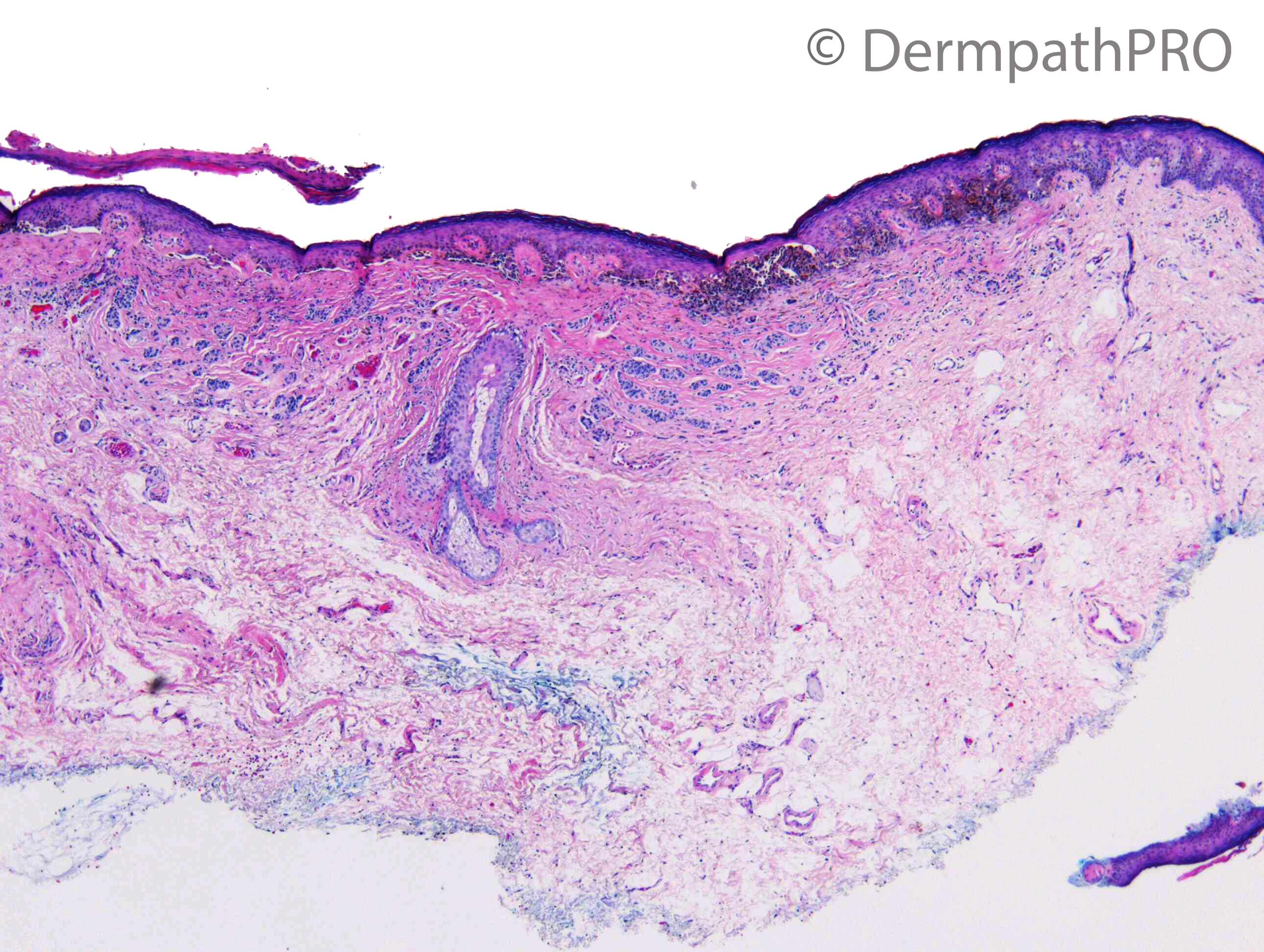
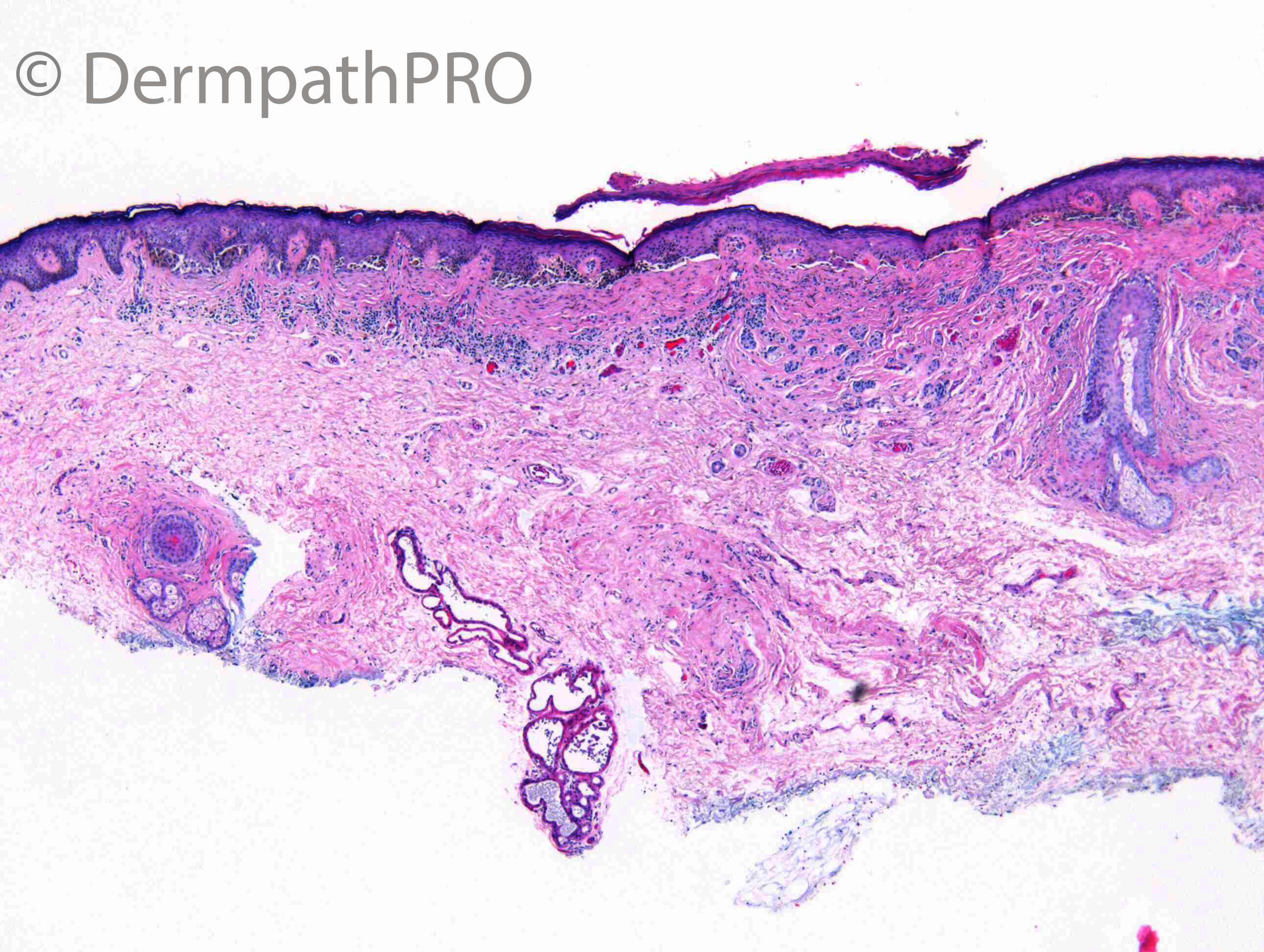
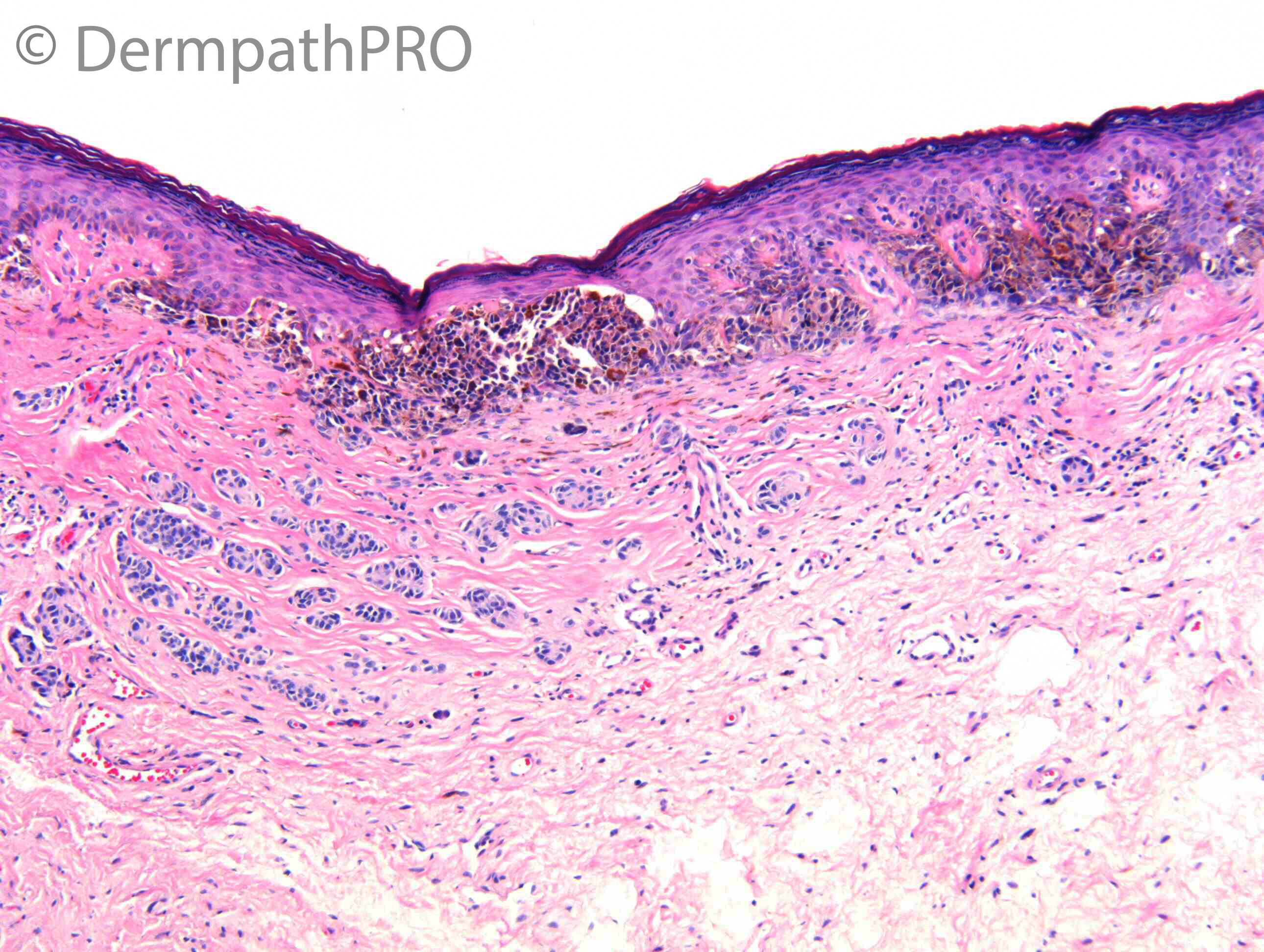

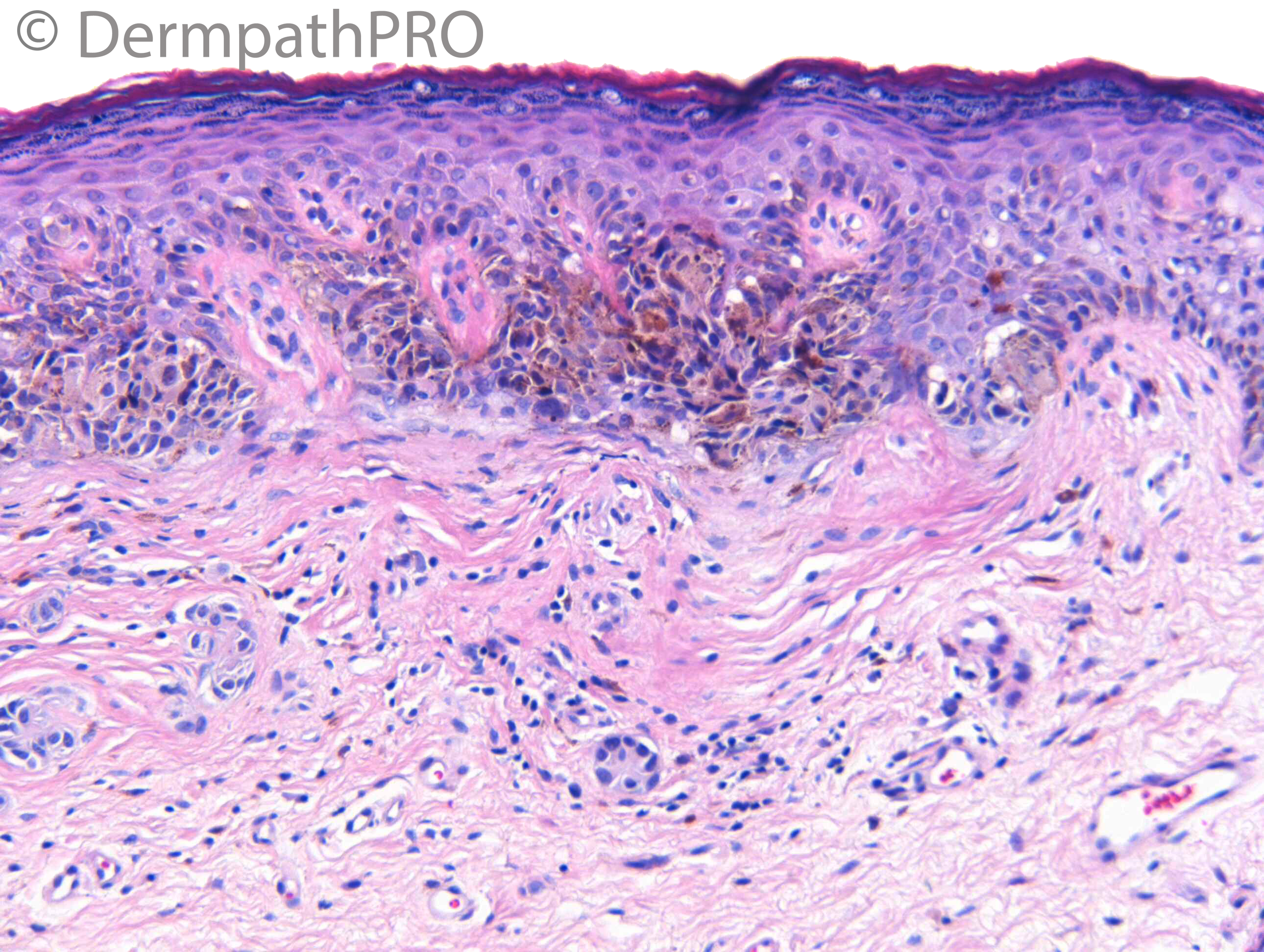
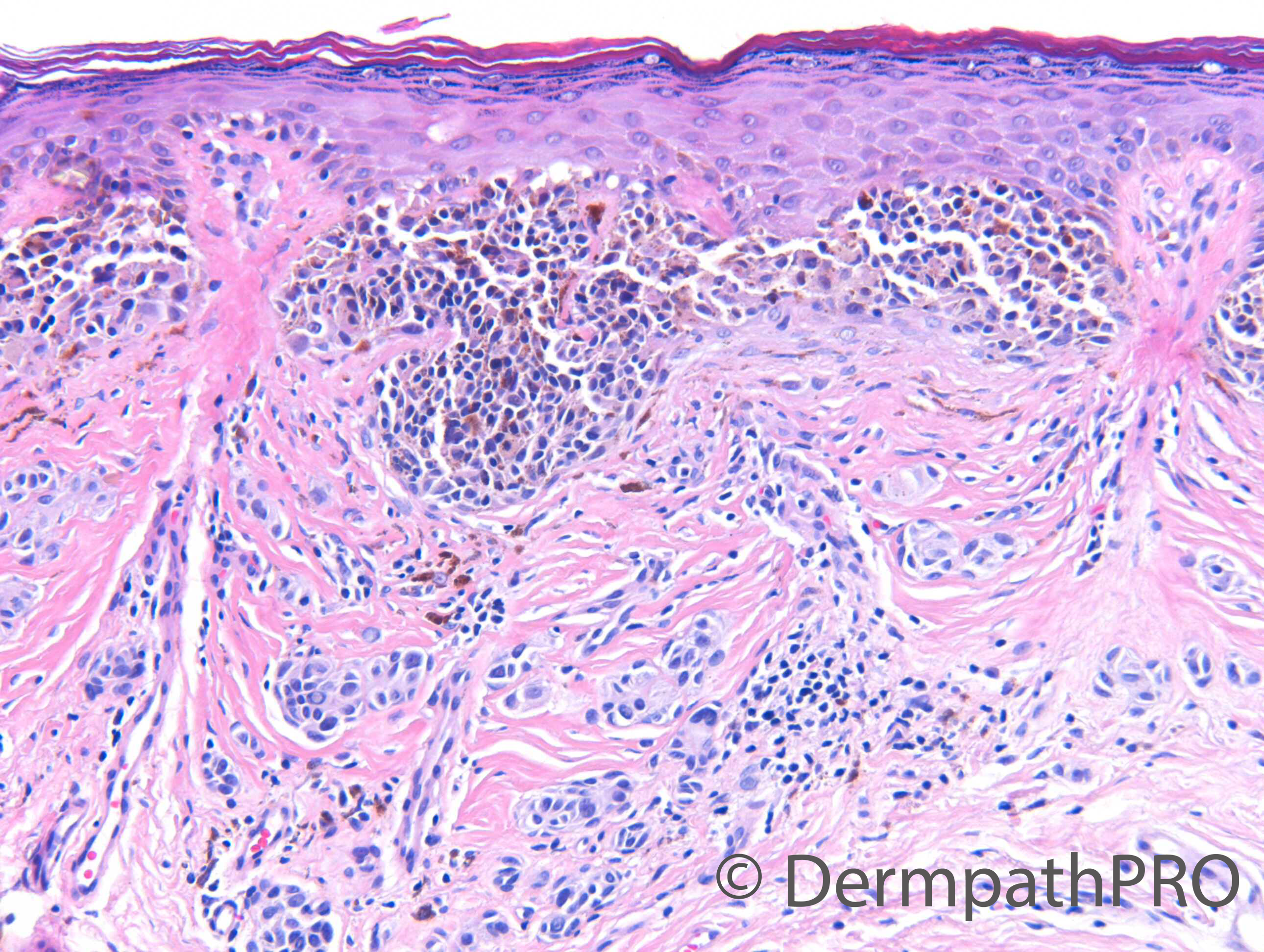
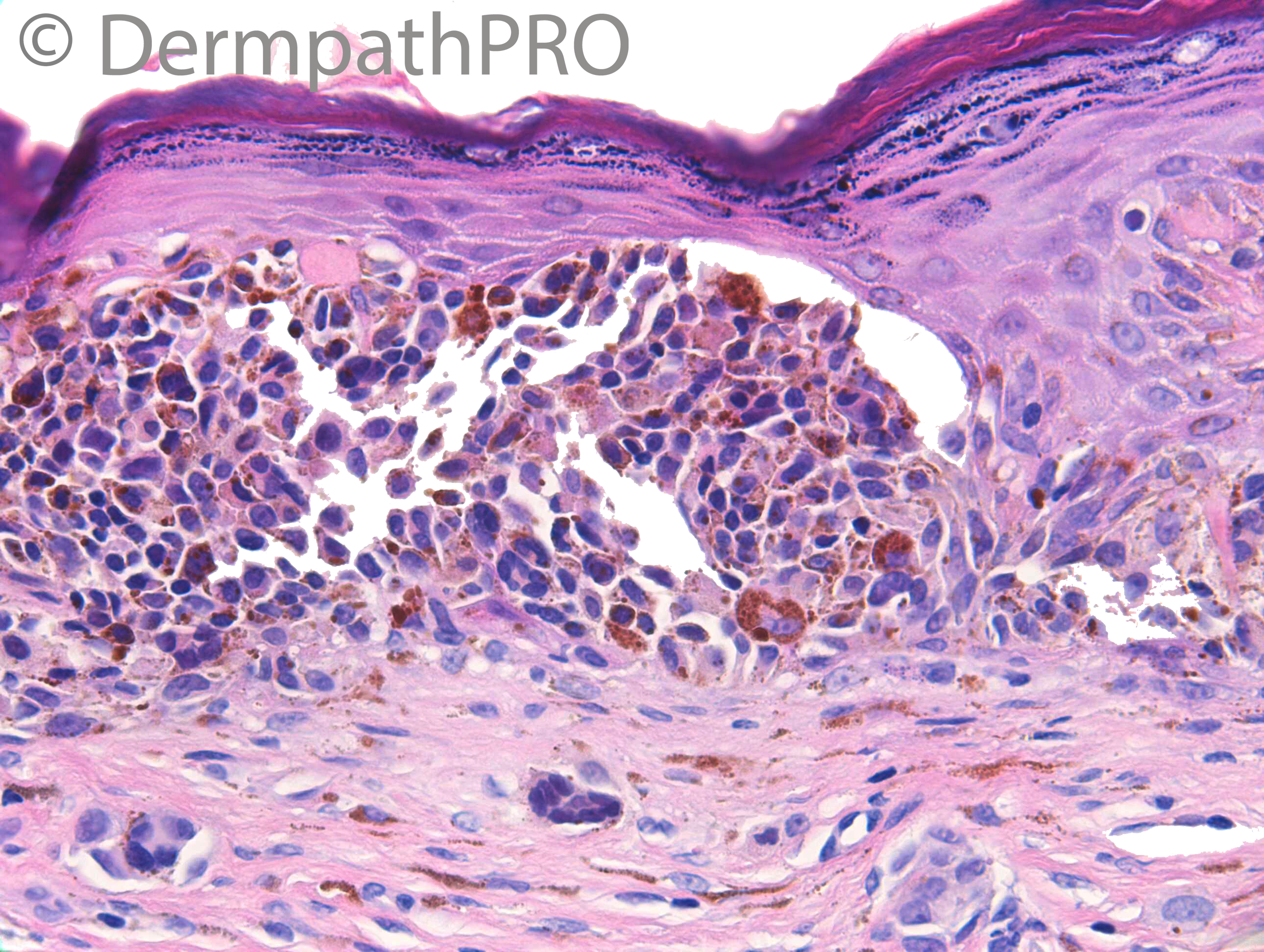
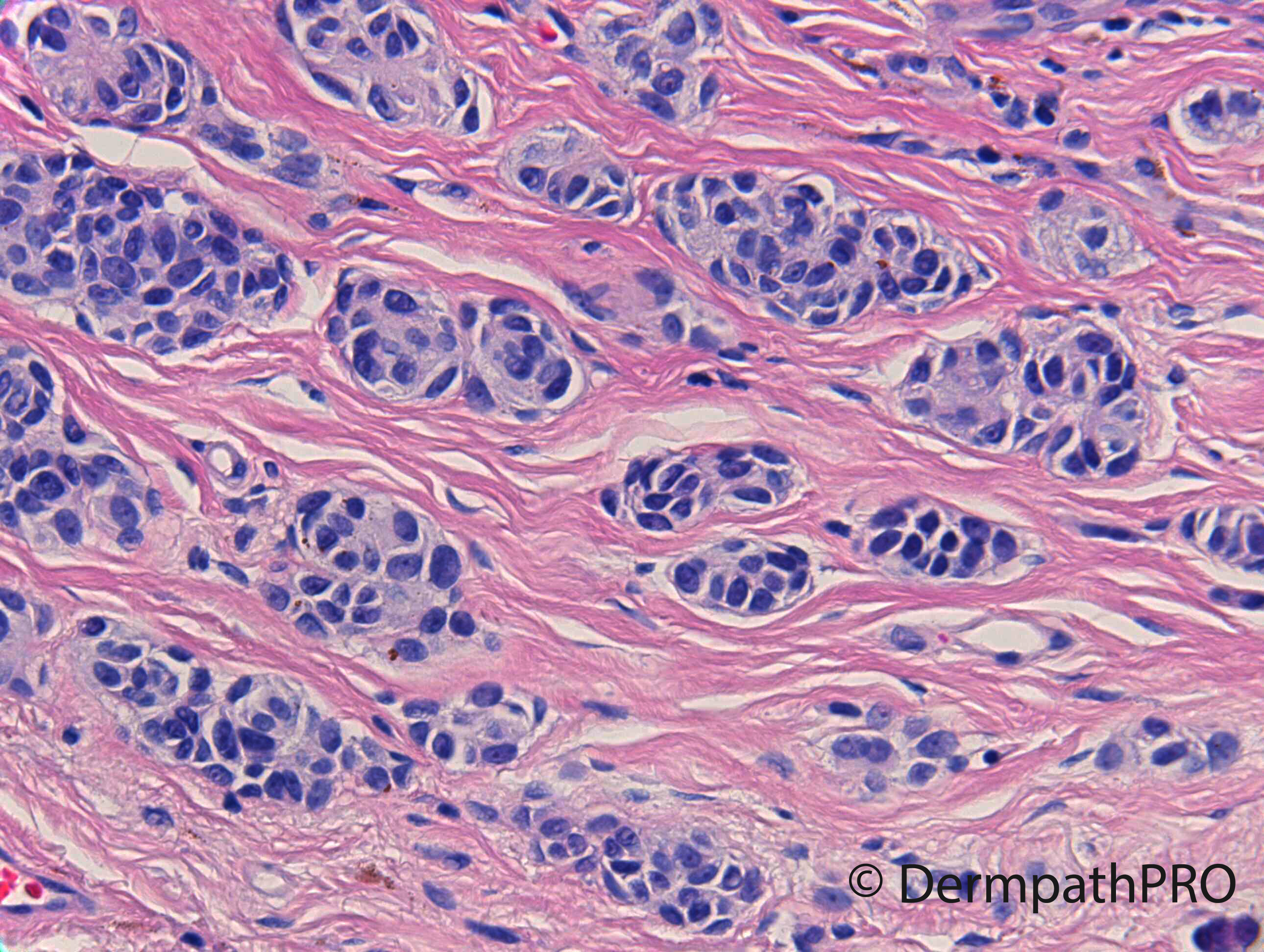
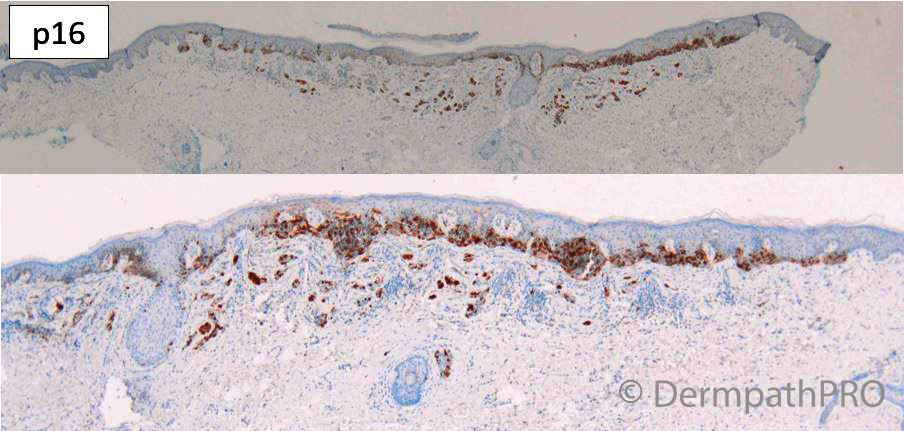
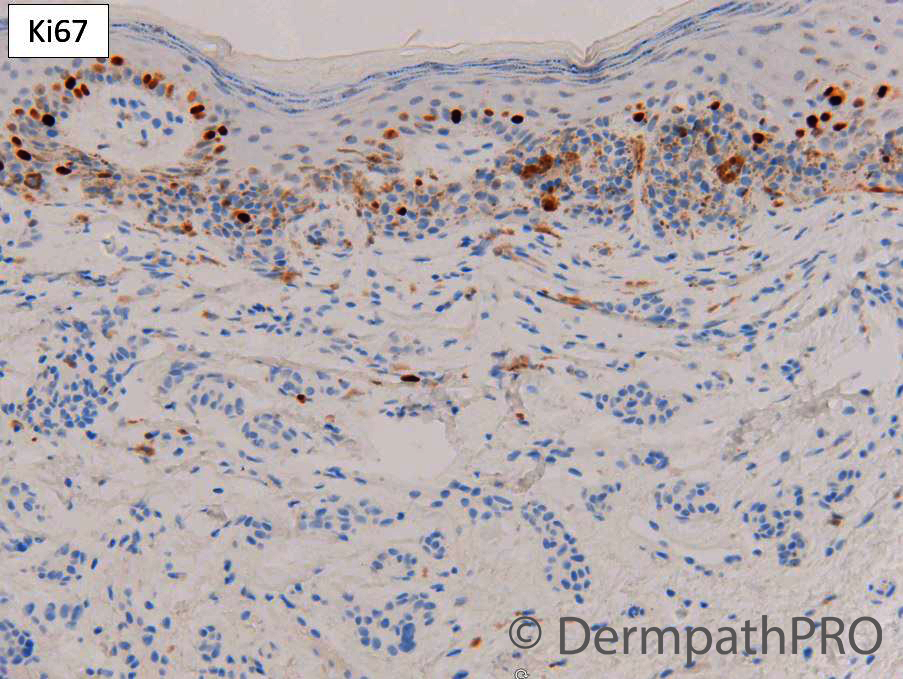
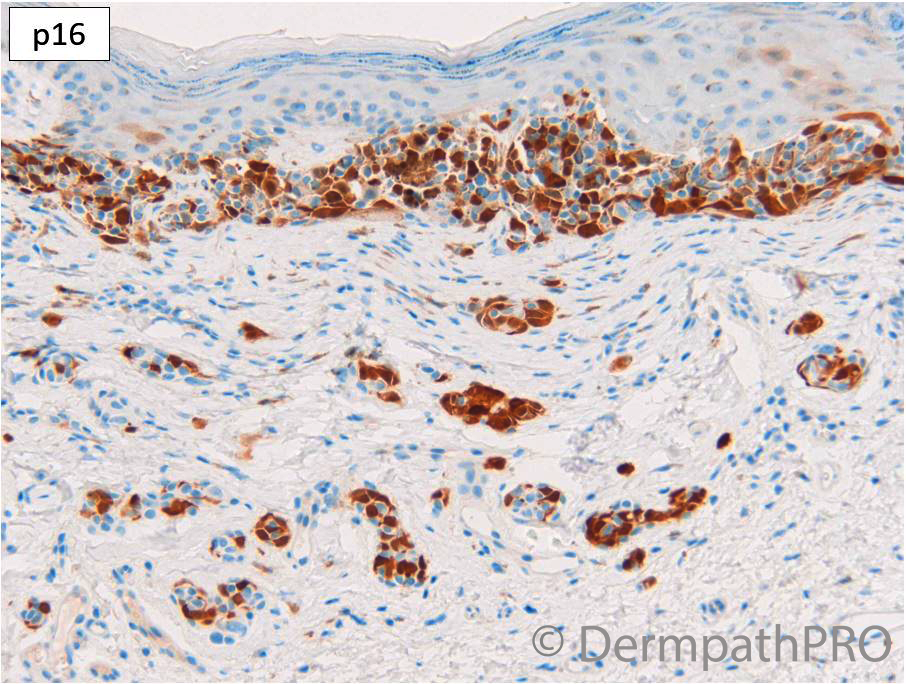
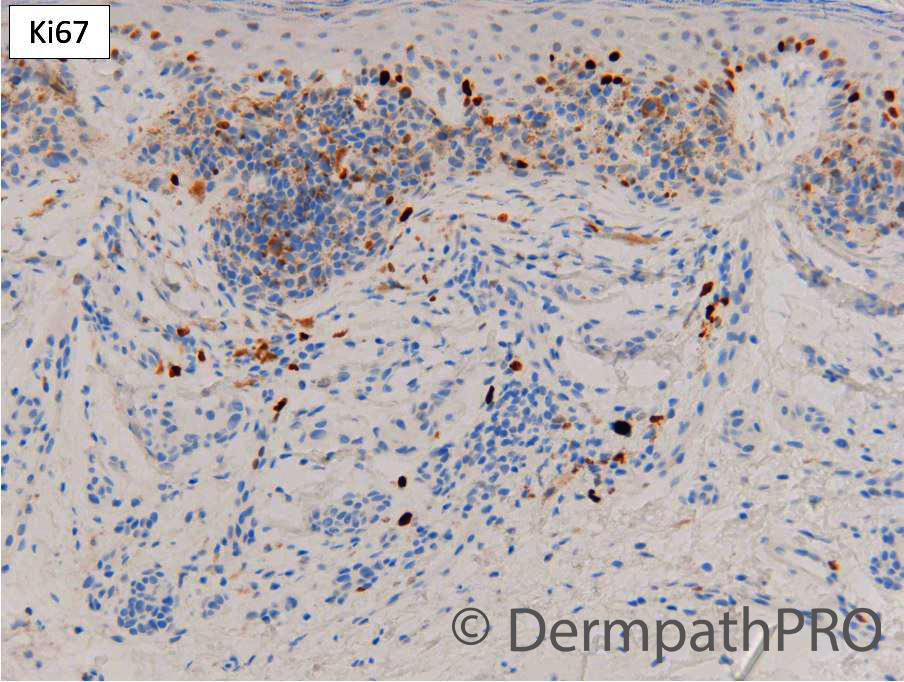
Join the conversation
You can post now and register later. If you have an account, sign in now to post with your account.